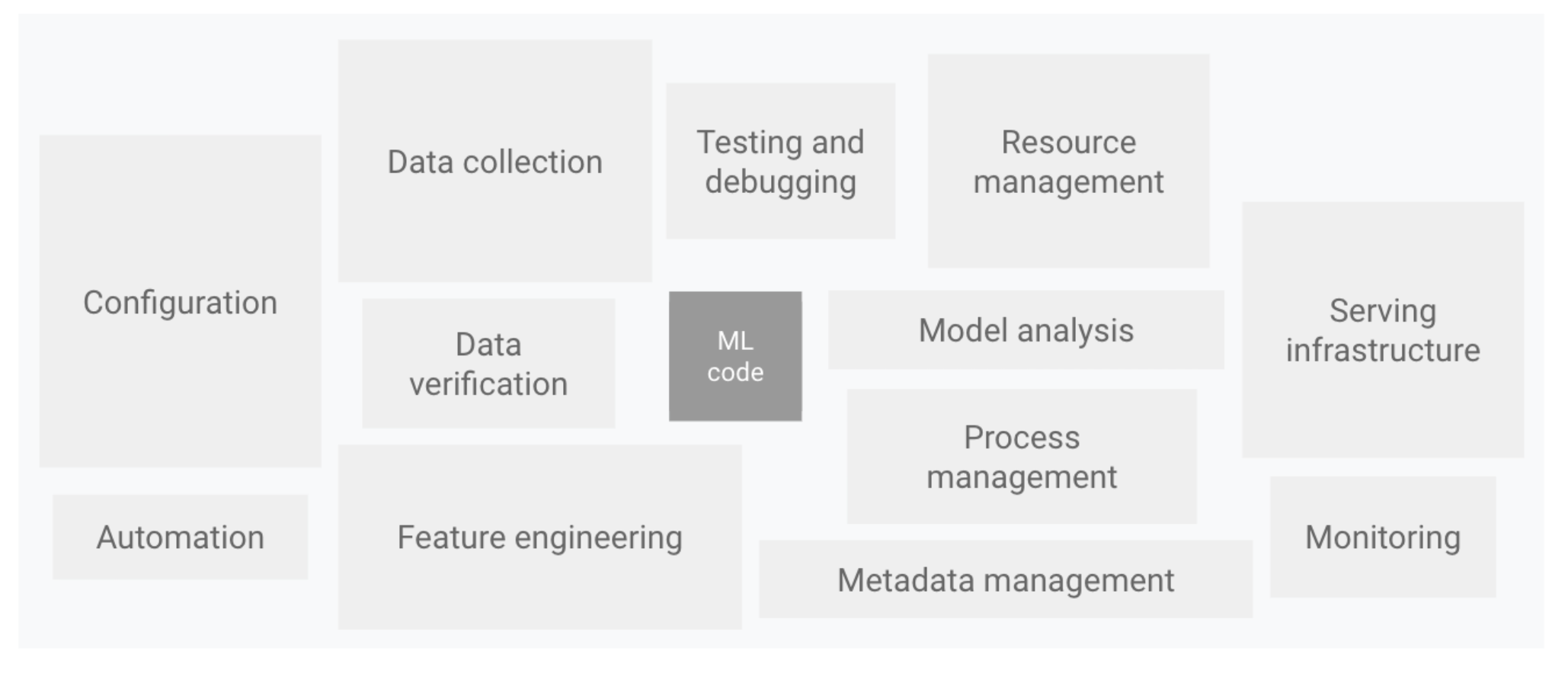Introduction
Overview
MLOps, or Machine Learning Operations, is a framework for deploying and maintaining machine learning models in production environments.
-
For real-world use
- Models are part of business processes, not just local experiments.
- Focuses on deployment, not just training.
-
Covers the full process
- Includes design, development, deployment, and maintenance.
- Ensures models stay accurate and reliable.

Benefits of MLOps
MLOps makes ML faster and more reliable.
-
Improves teamwork
- Bridges the gap between ML and operations teams.
- Enhances communication and collaboration.
-
Automates deployment
- Reduces manual work and errors.
- Speeds up model releases.
-
Tracks performance
- Detects performance drift and issues.
- Ensures models stay accurate in production.
Origin of MLOps
MLOps comes from DevOps, which improves software development.
-
Based on DevOps
- DevOps automates coding, testing, and deployment.
- Improves software reliability and speed.
-
Applied to ML
- Data scientists and ML engineers collaborate.
- Streamlines model deployment and monitoring.
More Than Just Models
Building a machine learning model is just one part of the process.
-
Data preparation
- Ensures high-quality, clean data for training.
- Uses feature engineering to create useful inputs.
-
Performance analysis
- Analyzes performance before deployment.
- Detects issues early to improve accuracy.
-
Continuous monitoring
- Tracks model performance over time.
- Adjusts models to maintain reliability.

Roles in MLOps
The ML lifecycle follows a structured process with different tasks handled by various roles. These roles fall into two categories: business and technical.
Business Roles
Business roles focus on project goals, budget, and domain knowledge.
-
Business Stakeholder
- Oversees budget and project alignment with company goals.
- Defines business requirements and evaluates project success.
-
Subject Matter Expert
- Provides industry-specific knowledge.
- Helps interpret data and model results.
Technical Roles
Technical roles handle data, model development, and deployment.
-
Data Scientist
- Analyzes data, trains models, and evaluates performance.
- Monitors deployed models to ensure accuracy.
-
Data Engineer
- Collects, stores, and processes data.
- Ensures data quality through validation and testing.
-
ML Engineer
- Works across all ML lifecycle stages.
- Manages data extraction, model training, and deployment.
Other Roles
Additional contributors vary based on the project and company structure.
-
Software Engineers & Backend Engineers
- Assist with integrating models into applications.
-
Data Analysts
- Provide insights from data for better decision-making.
-
Developers
- Help with coding, automation, and infrastructure setup.
Roles in startups may be more flexible, while enterprises typically have specialized teams.